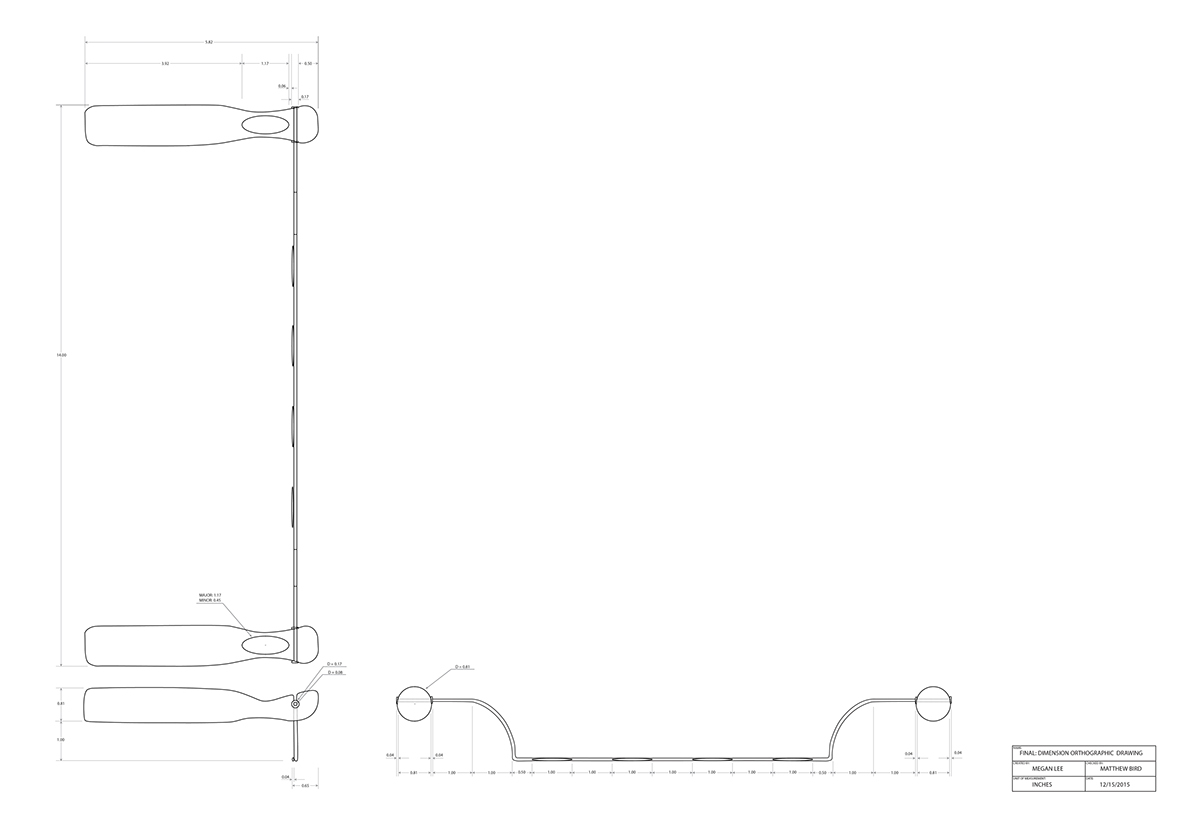Design Principles I, Fall 2015, Instructor: Matthew Bird
Cooking Device: Shrimp Tempura Roll
A concept for a cooking tool aiding in the production of shrimp tempura rolls.
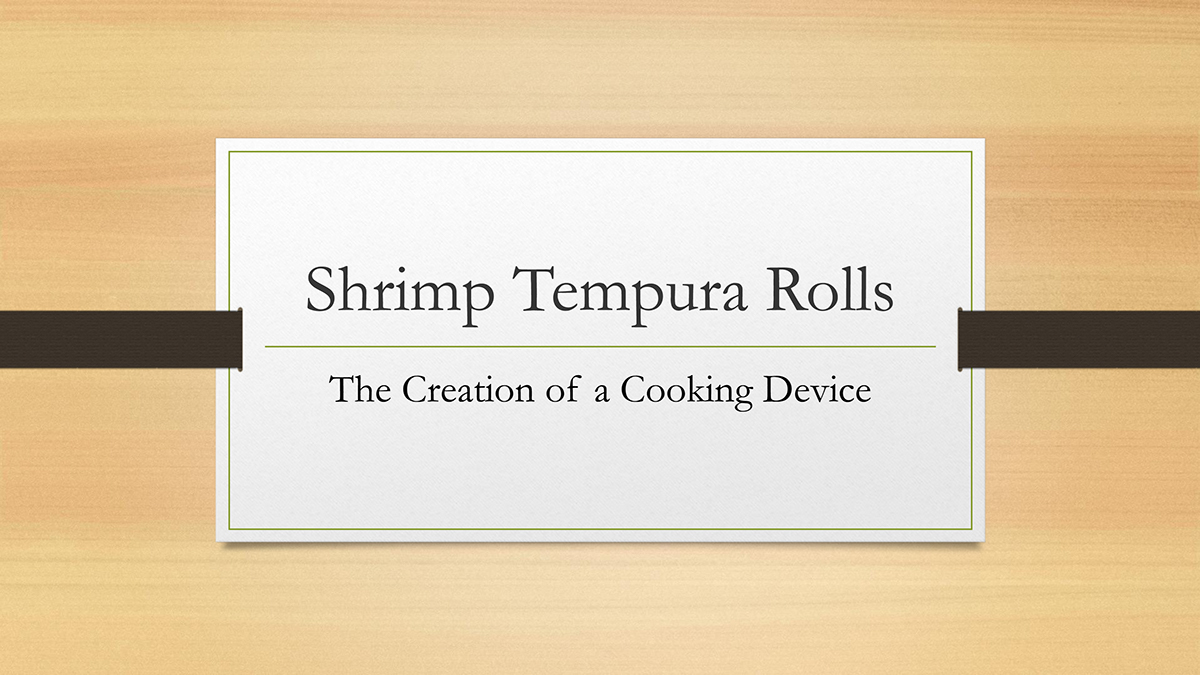
Prompt | Timeline: 3 Weeks
You will be designing a cooking tool used in the preparation or serving of your favorite food. This does not involve motors or complex moving parts, just a simple hand-held cooking tool. Choose one of these locations: home kitchen, commercial kitchen, camp site, or sidewalk food vending cart.
Process
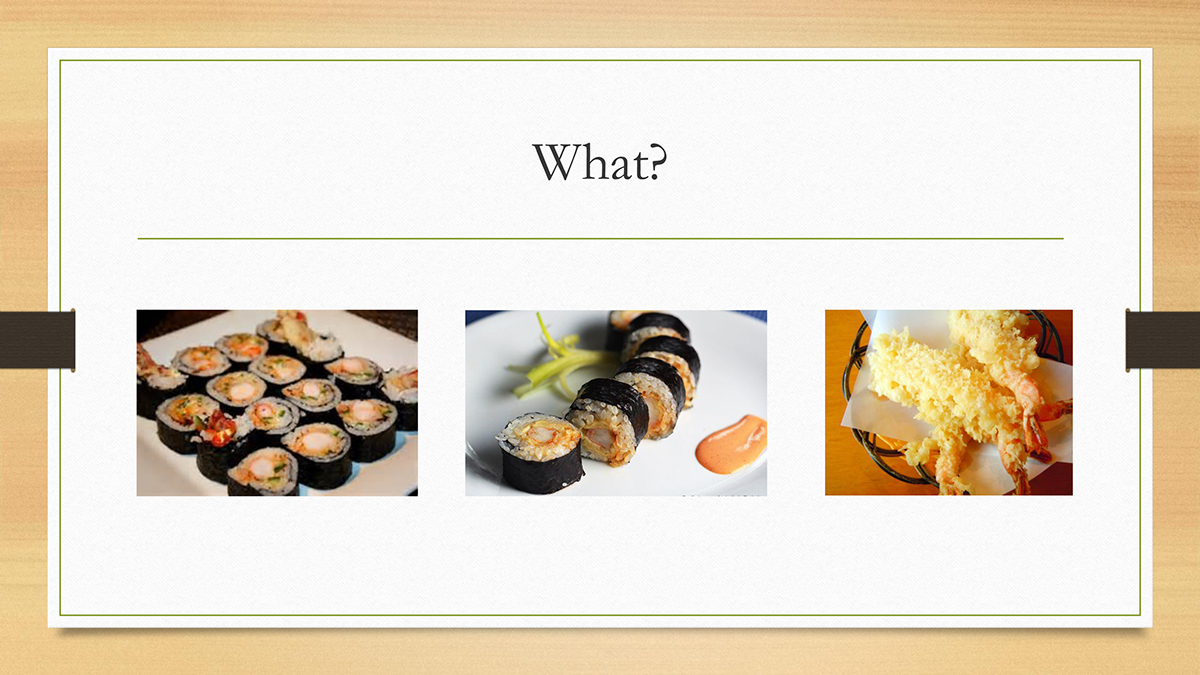
Shrimp tempura rolls are a Japanese food and a type of sushi that is composed of rice, nori (seaweed), and a shrimp tempura filling in the middle. Shrimp tempura are shrimp which have been coated in tempura batter, then fried. This dish is usually found in Japanese restaurants, but is also made in home kitchens.
I decided to design a cooking tool for a family home kitchen. As the rolls are being produced in the household, I figured that the consumers for the product would be interested in different types of ethnic cuisine. The constraints I determined for a home kitchen tool are whether it is easy to use, functional for the family (e.g. safety), affordable, endures frequent use, and matches the other tools one would find in a home kitchen.
In order to satisfy these requirements, I researched the kinds of products my user group would already possess. I imagined they would have objects that were easily understandable and able to function for the task at hand. For a family home, I found that typical products would be made of wood or stainless steel.
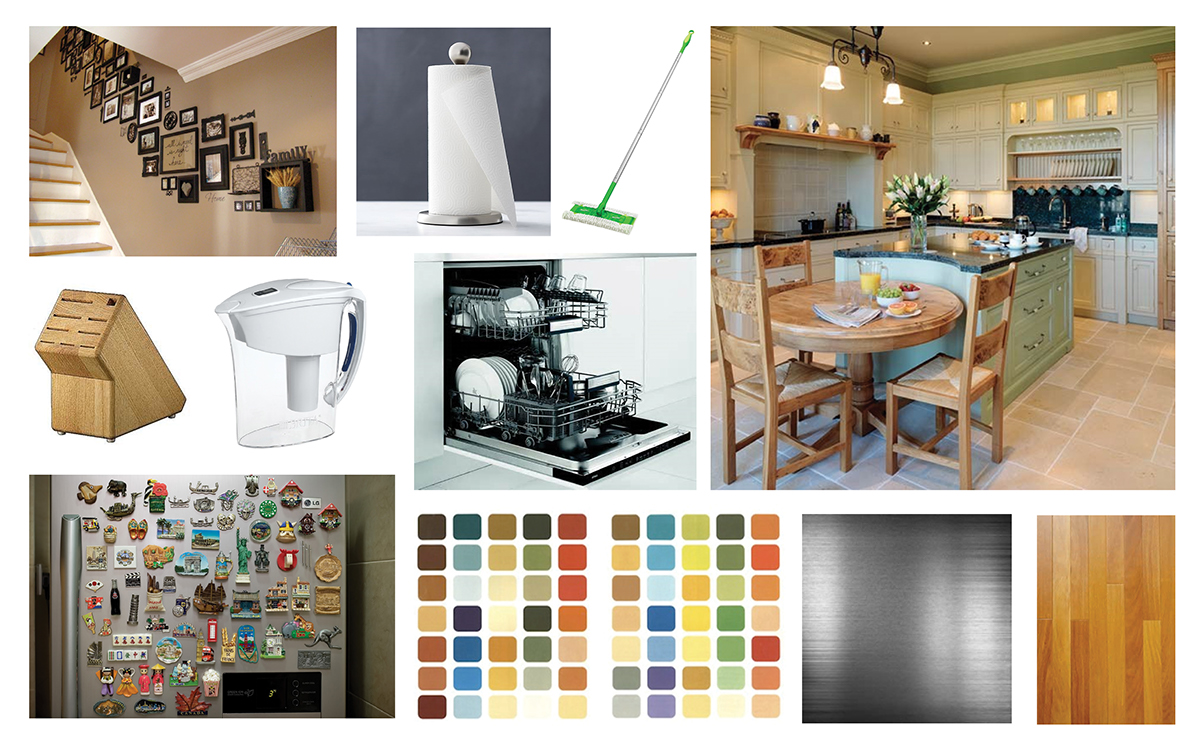
To figure out what kind of tool I wanted to create, I first identified all of the steps needed to make a shrimp tempura roll.
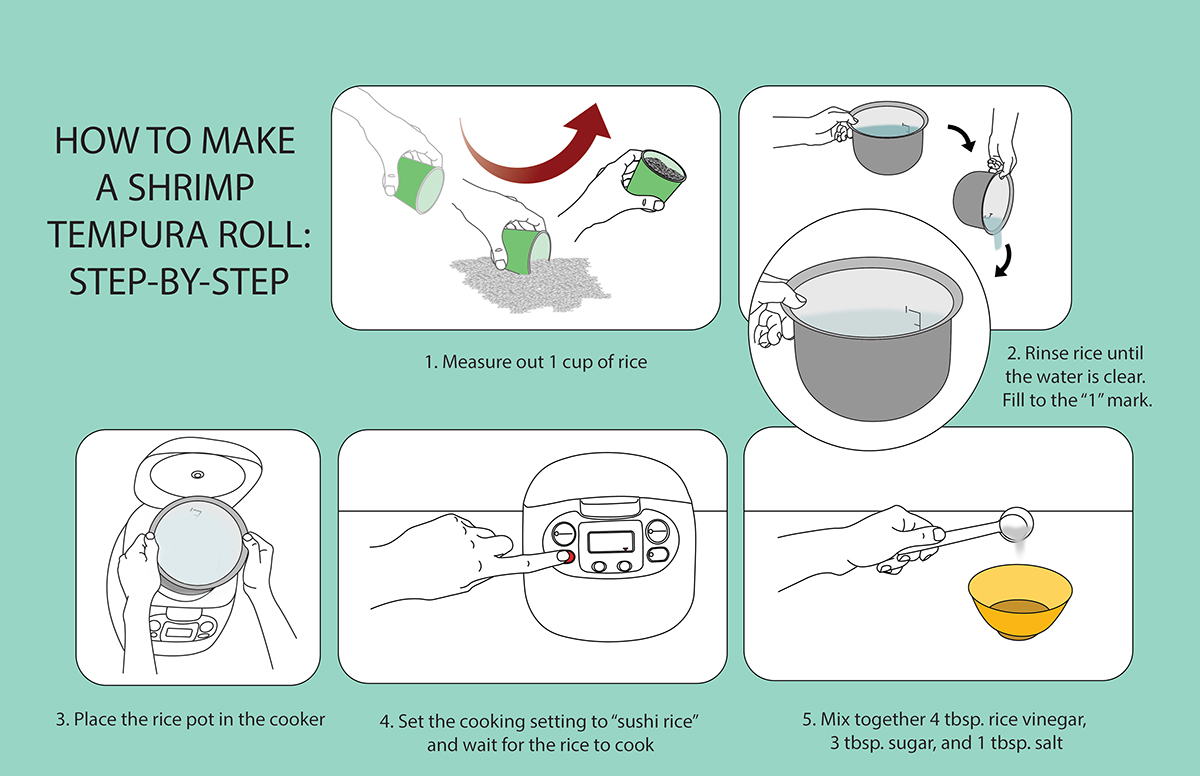
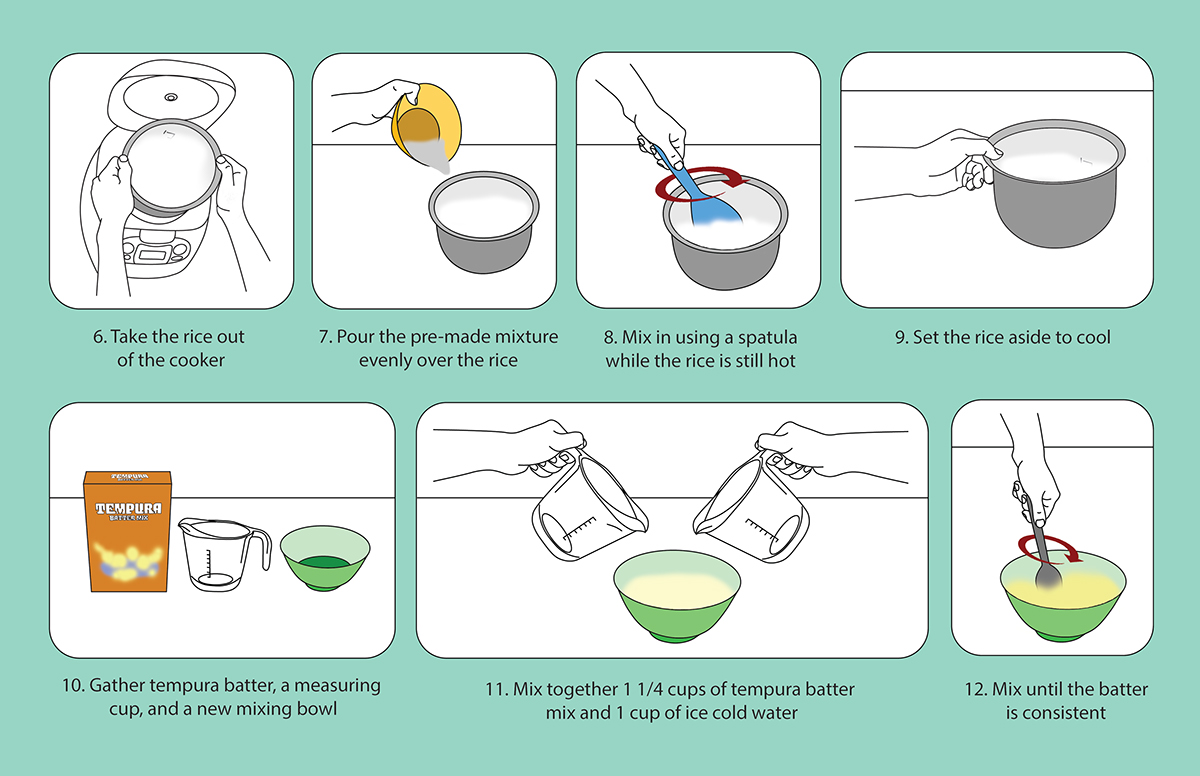


Some of the problems I found in the process of making the rolls are evenly measuring out the rice and other ingredients, scoring the shrimp, spreading the rice on the nori sheet, and cutting the sushi roll into even pieces.
To combat these problems, I developed different products that were able to resolve these problems on a functional level. That is, aesthetics were not taken into account for this stage of the project.
The tool I drew below was meant to address cutting the sushi into even pieces.

The tool below was also meant to address cutting the sushi roll into even slices. I was thinking of creating a device that functioned somewhat like an egg cutter.
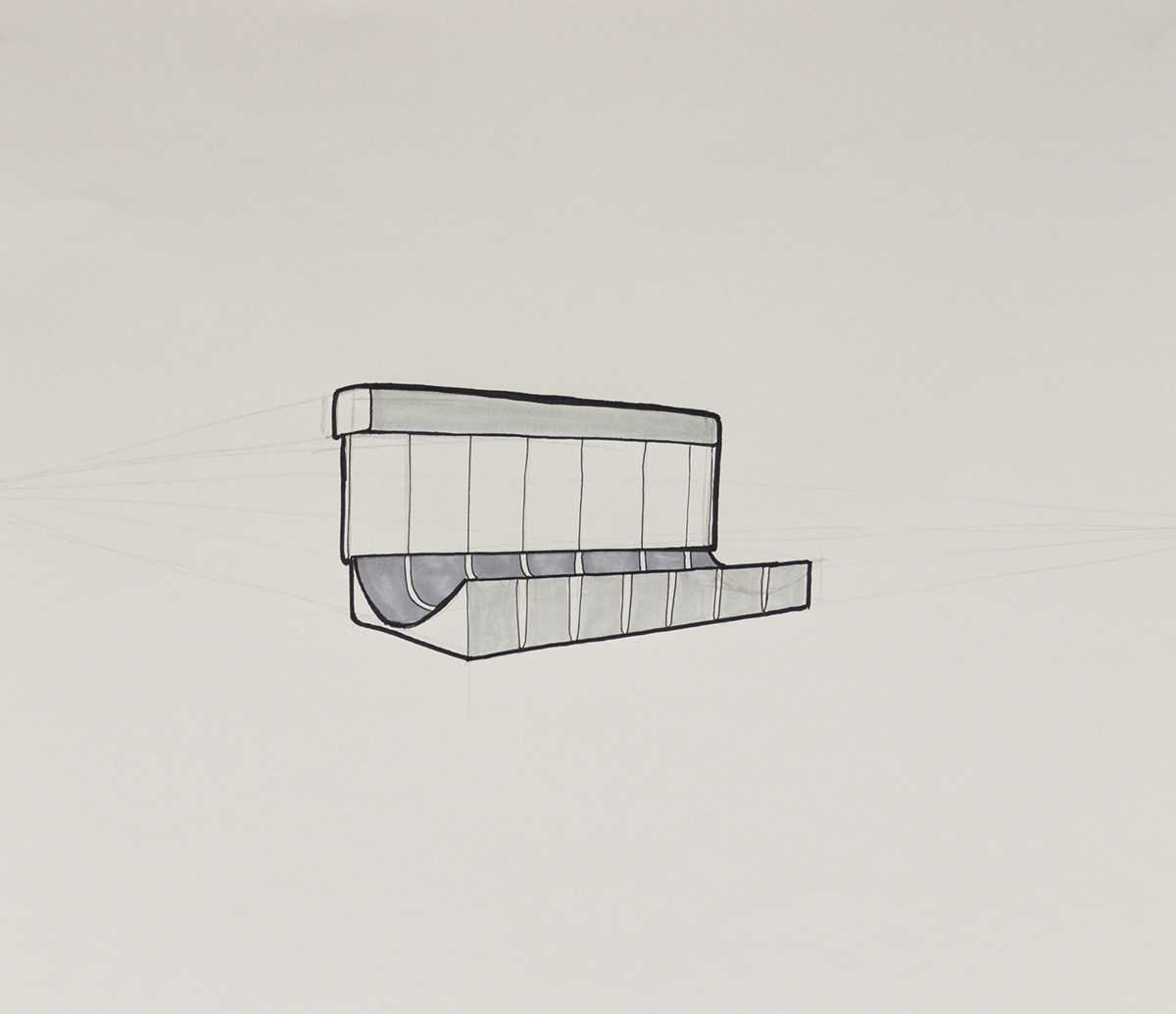
I wondered if there was a way of creating a tool that would aid in the rolling of a sushi roll.
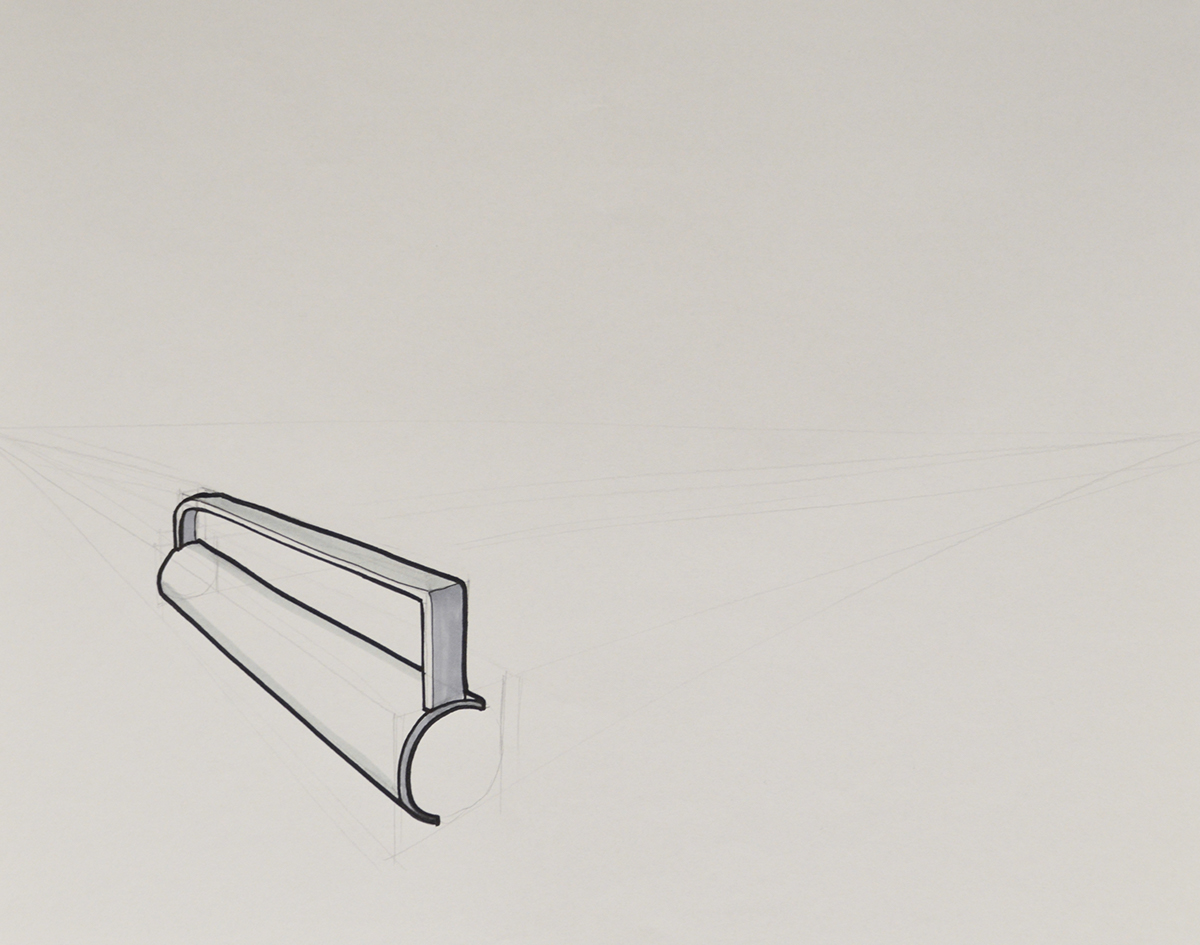
Below is another device meant to help compact the sushi roll, taking the extra space out of the roll while rolling.
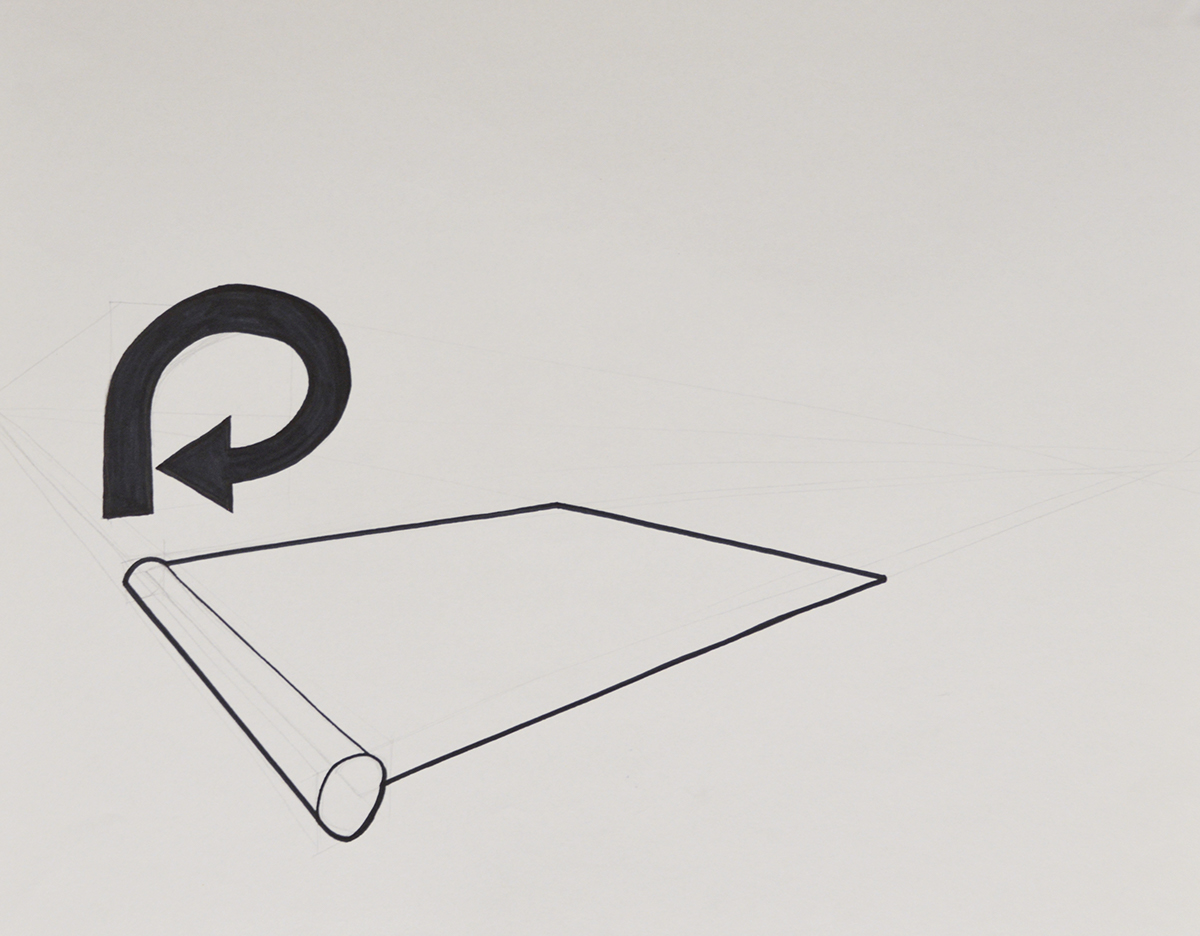
I looked at both the shrimp preparation and sushi stages. Below is an idea of a product that would allow the user to dry the shrimp after taking them out from the pot or pan.

I created works-like models as well to help demonstrate the actions and motions that I sought. Below is another device dealing with cutting the sushi roll into even pieces.

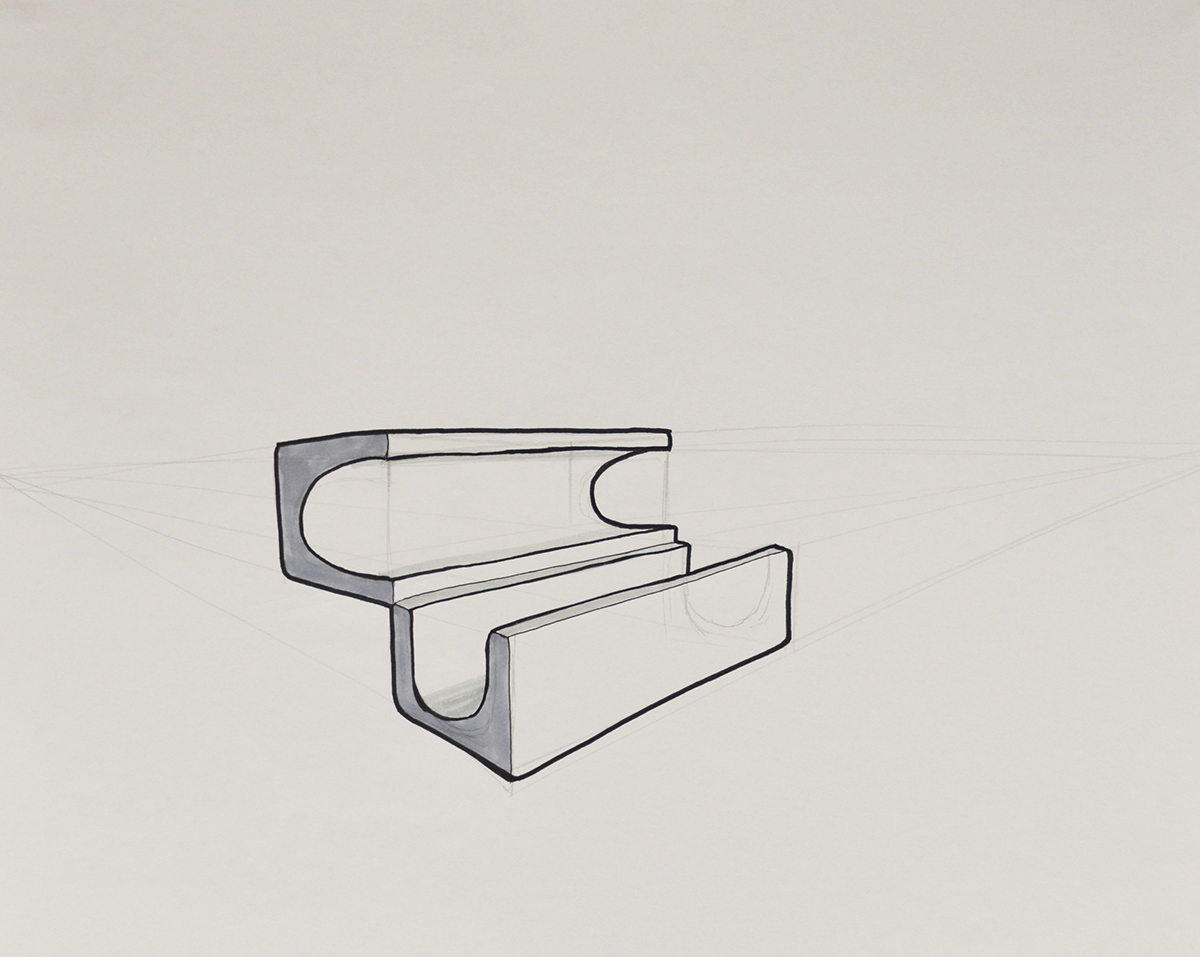
A problem I identified in an early stage of preparation was measuring out the correct amount of rice. I attached a leveling device to a cup-like form, which would push off extra rice from the top of the cup after it had been scooped.
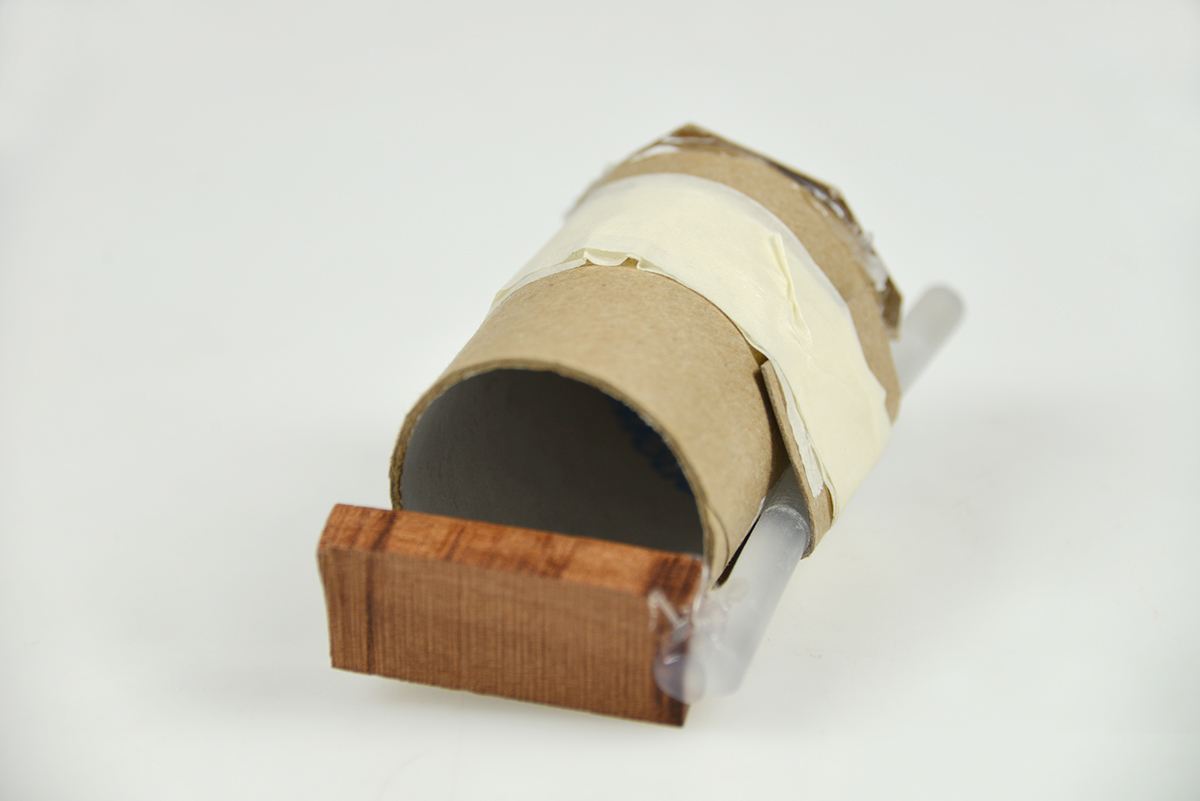
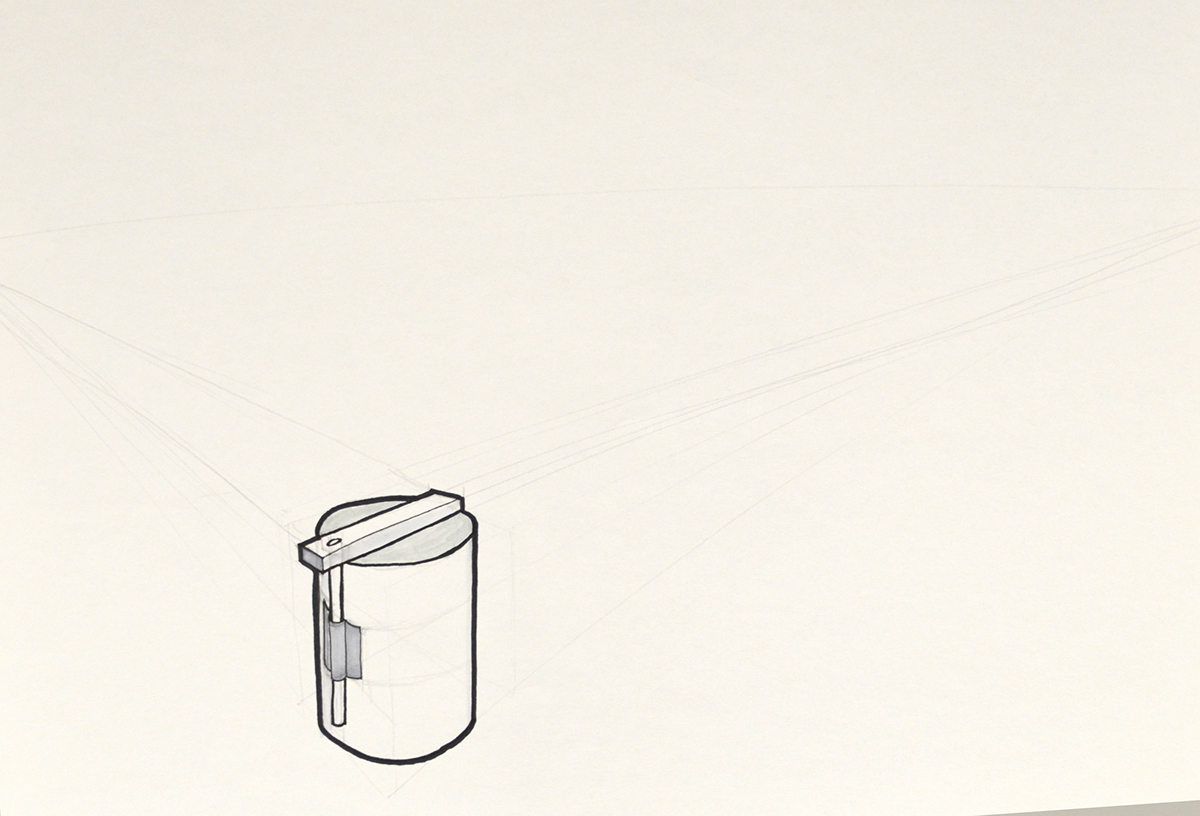
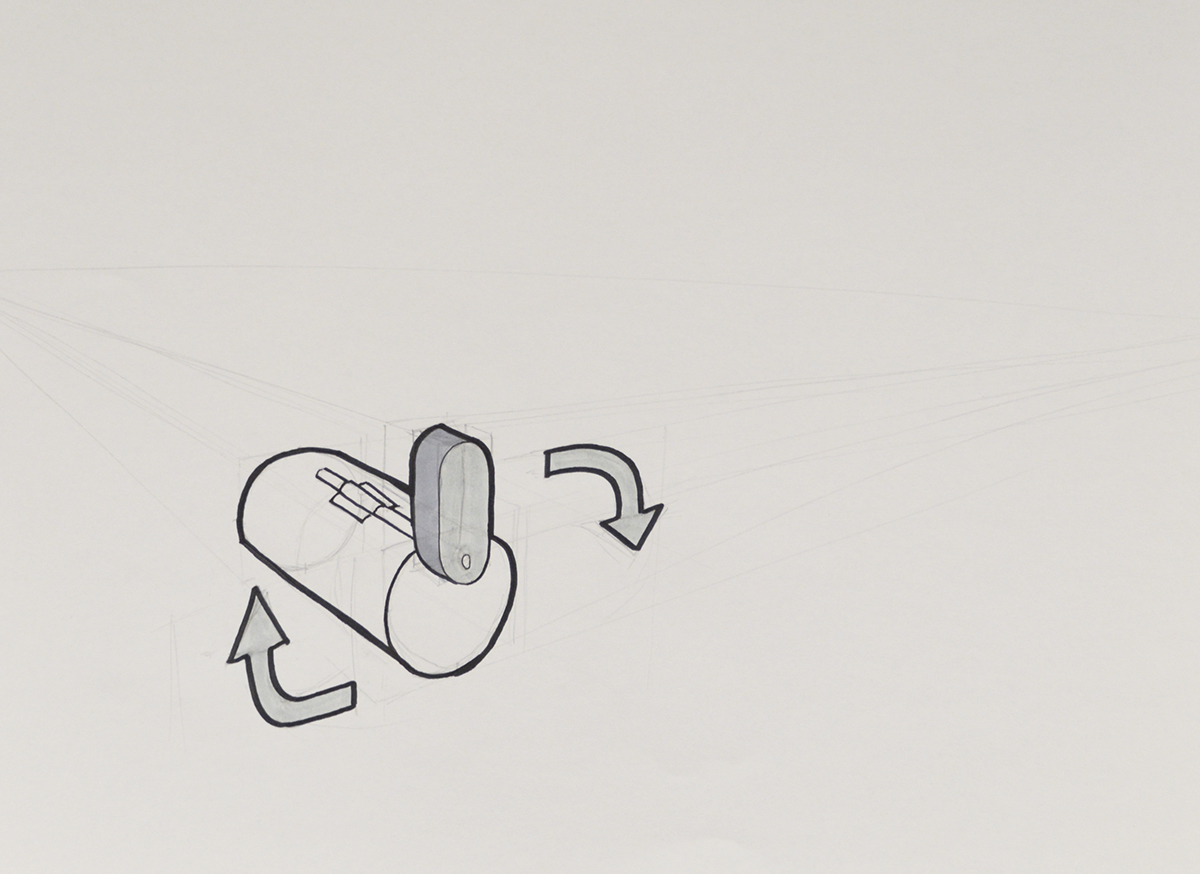
I thought about having handles that would attach to the sushi roll and therefore make it easier for cutting. However, this idea is not very practical.

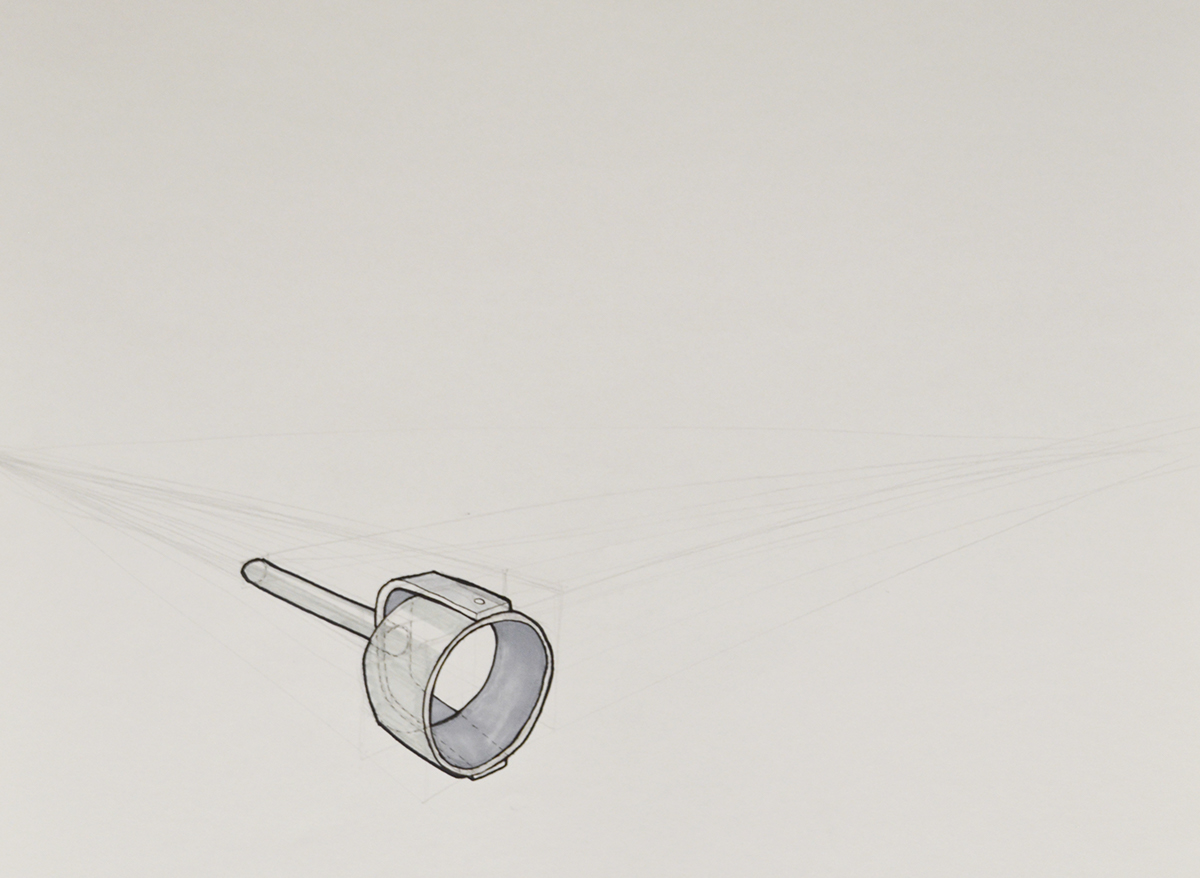
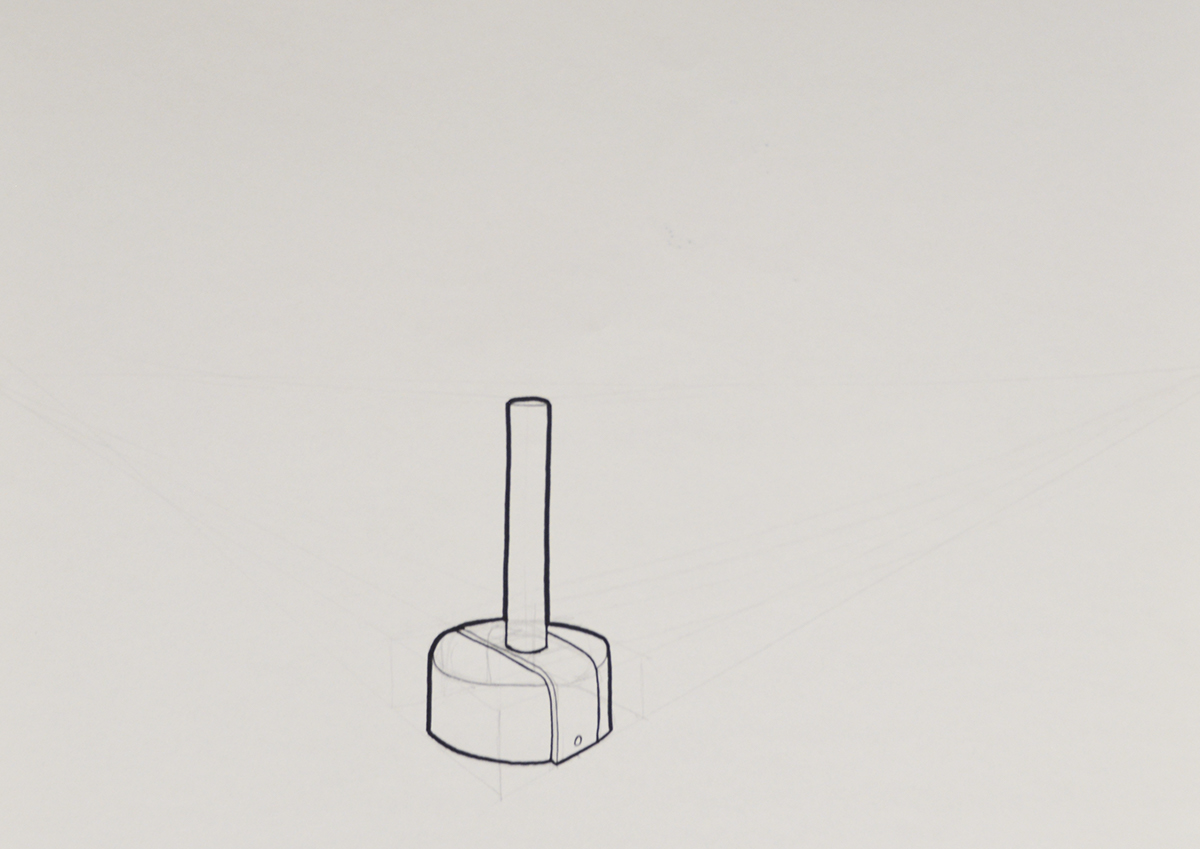
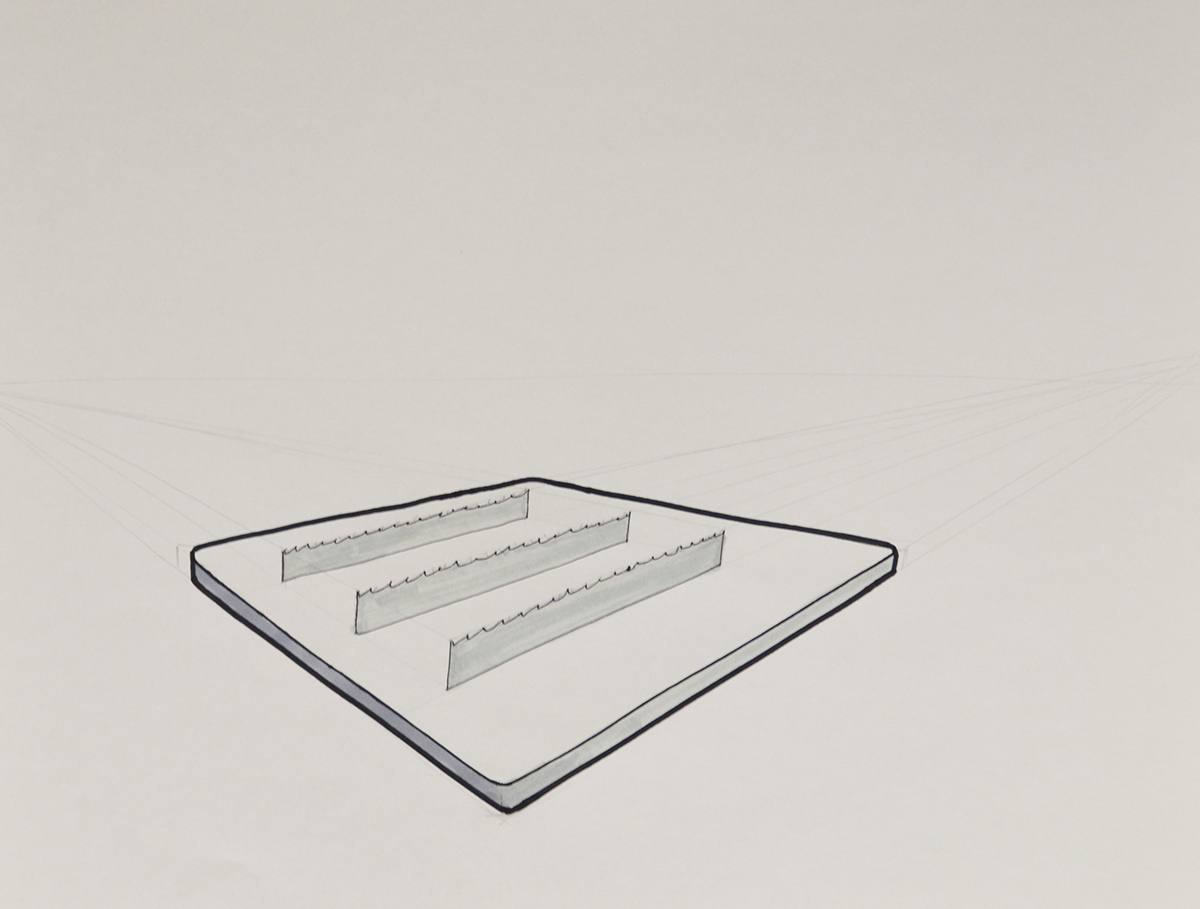
Another model and device I came up with was having a plastic structure that you could place over the uncut roll. The user could then cut in between the segmented slots to cut the sushi into even pieces.
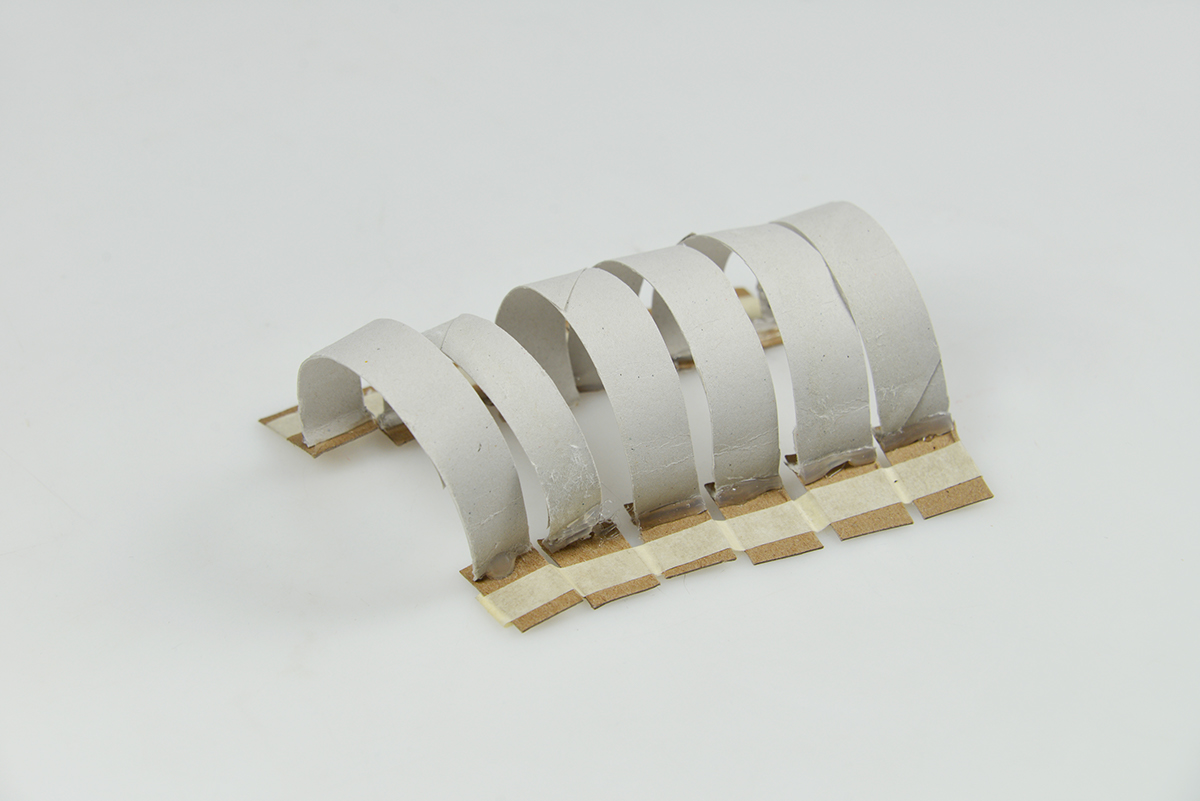
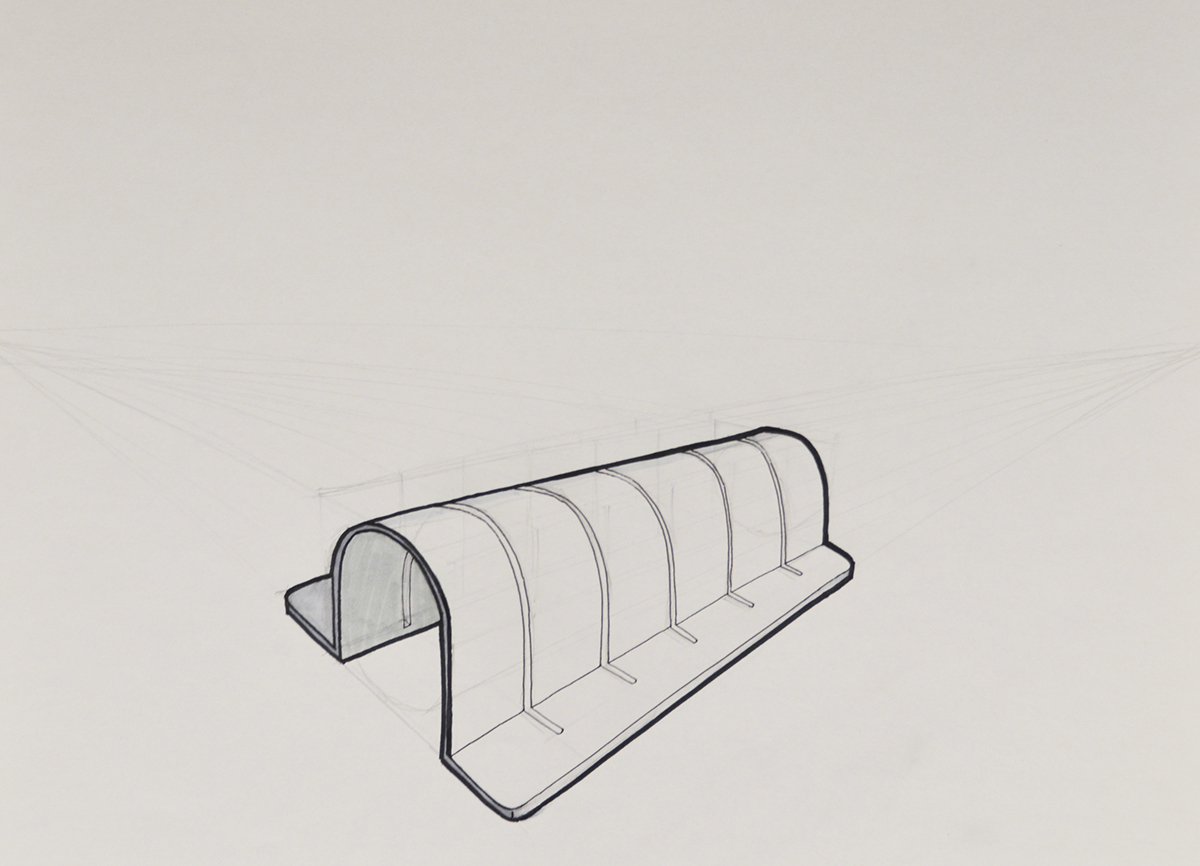
I became interested in creating a tool which resolves the problem areas of coating the shrimp evenly in batter and removing the shrimp from the pan. Frying the shrimp seemed to be one of the most safety-concerning steps of the process, as one had to place the shrimp into a pan of boiling oil, and then later remove them.
I then made a series of works-like models investigating these steps of the shrimp tempura roll creation process. The first model consisted of a handle system as well as shrimp clips. The user could clip the shrimp in, then move the tool back and forth in the batter to evenly coat the shrimp.

My second model added more clips so as to make the cooking process more efficient, cooking five shrimp as opposed to two. I added more comfortable handles and spacers in between the shrimp so as to prevent the shrimp from touching each other. My intention was to have the tool be placed over the pan to allow for the shrimp to cook for the allotted time, and then be able to be easily removed.

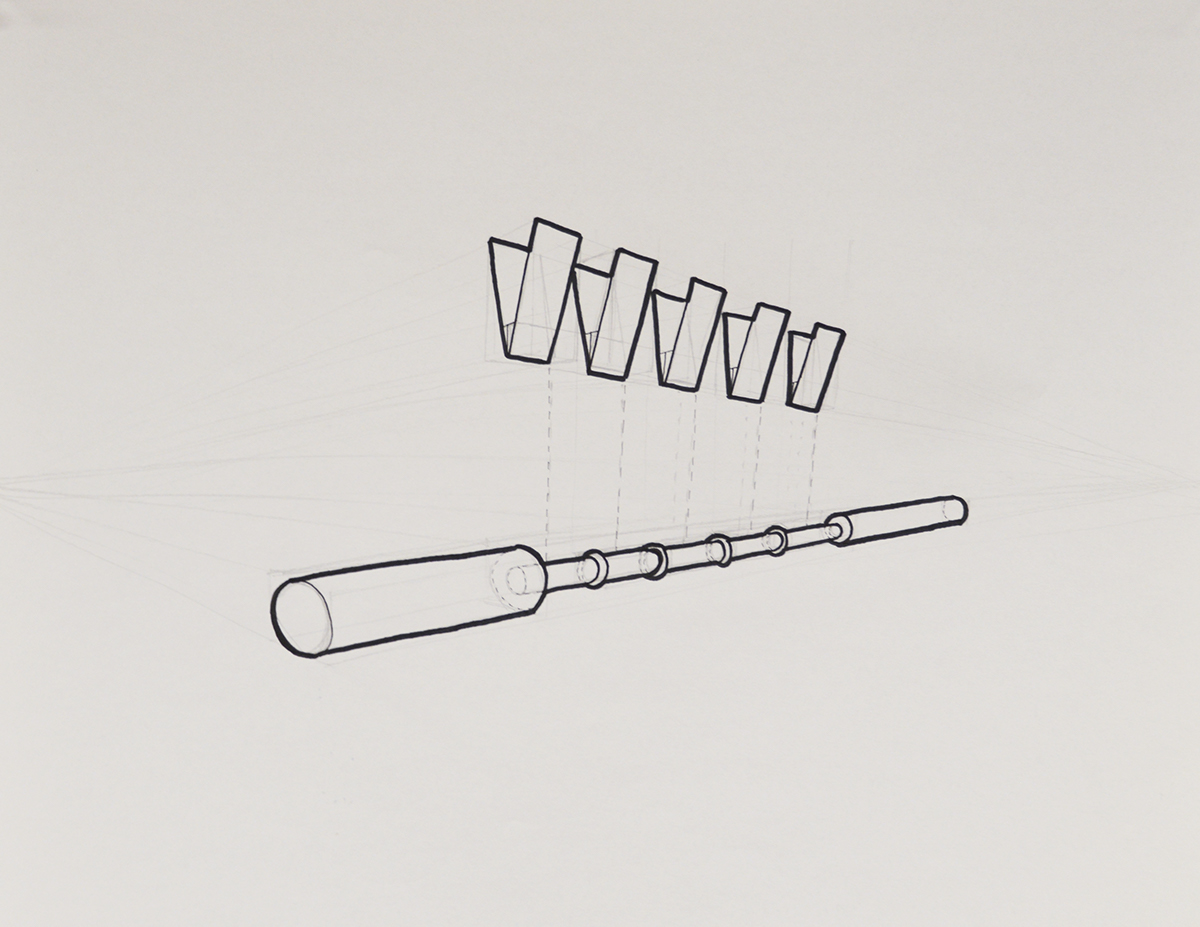
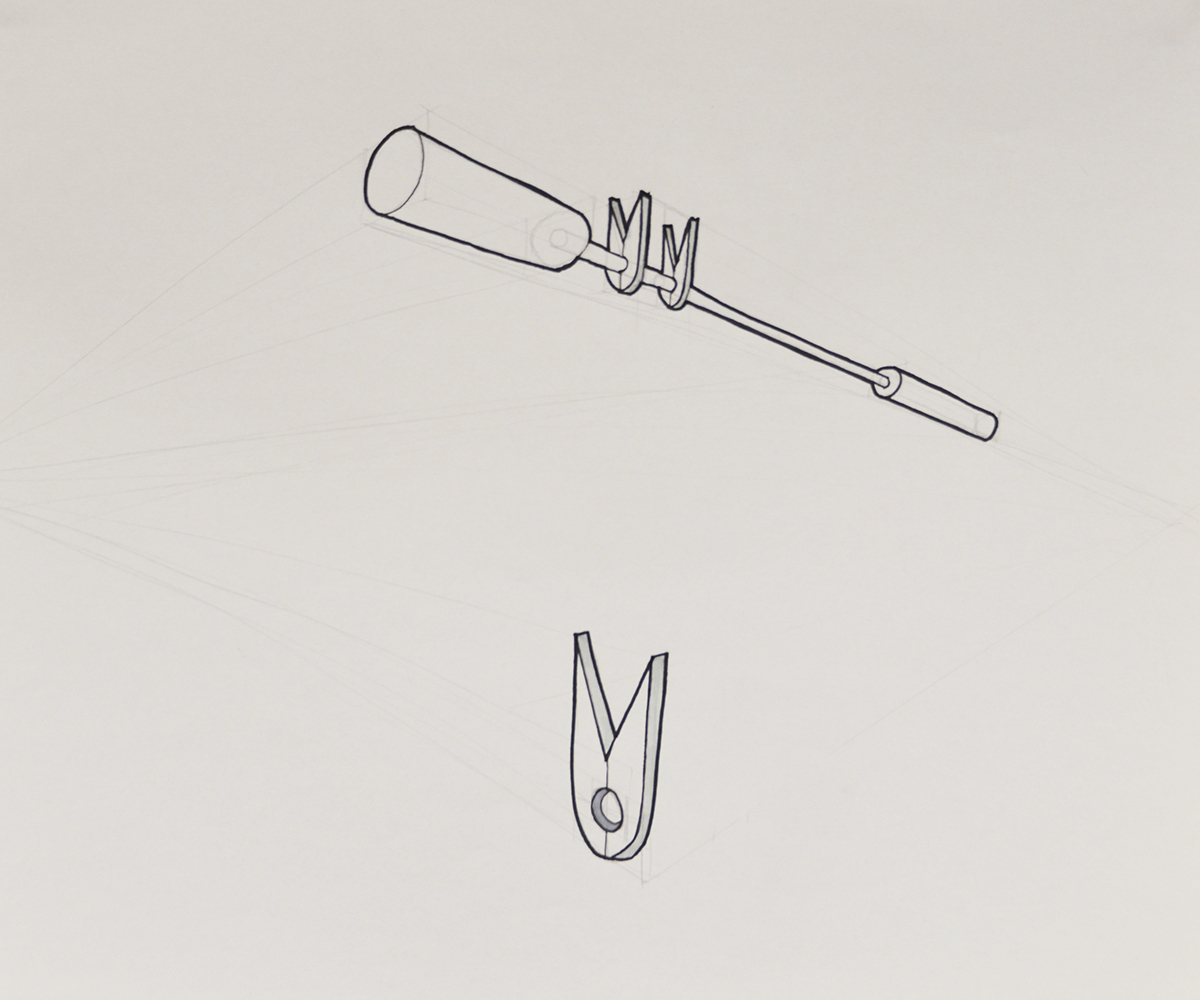
My third model further improved on the handles of the tool and created a works-like clipping system.
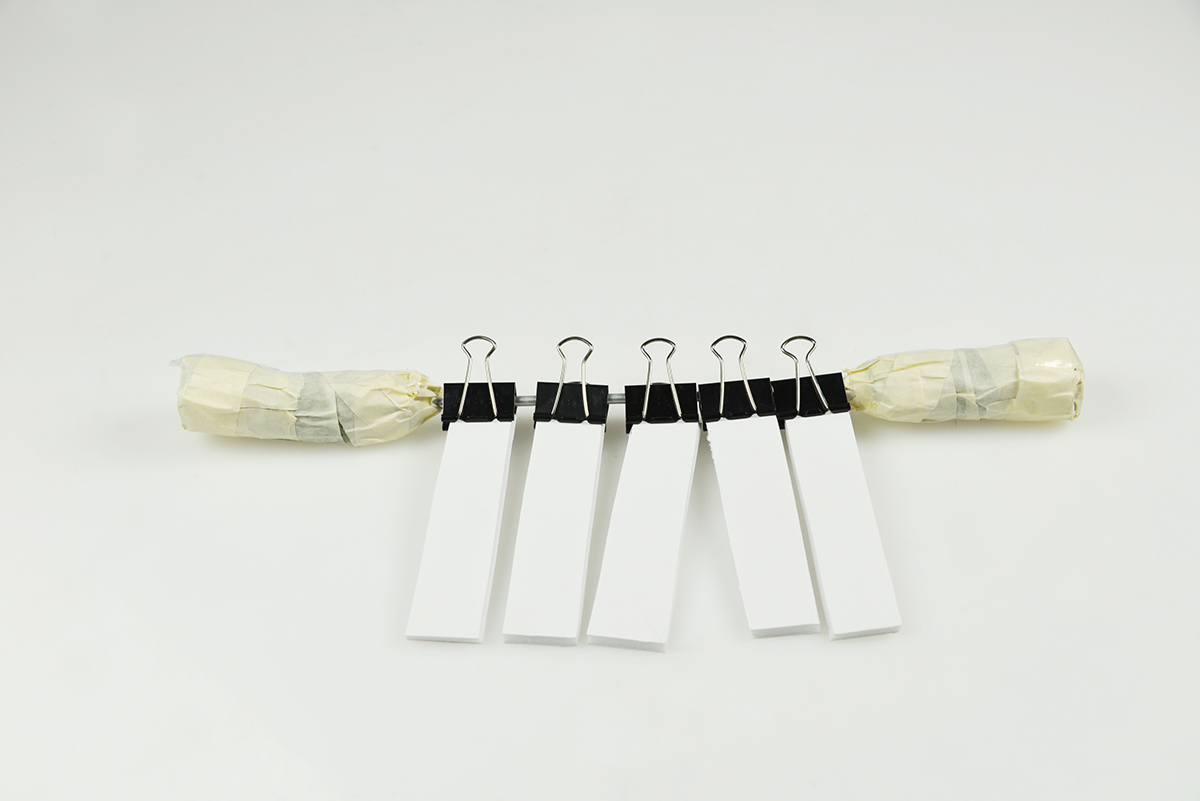
Additional ideas that arose included the development of a stand for which to remove the shrimp when it was finished cooking, an easier clipping mechanism, as well as a more specific pan-resting system. I added all of these in a fourth model, which was more clumsy and complicated than I had intended. In this model, I reduced the number of shrimp able to clip on to four, so as to add more space between the shrimp.
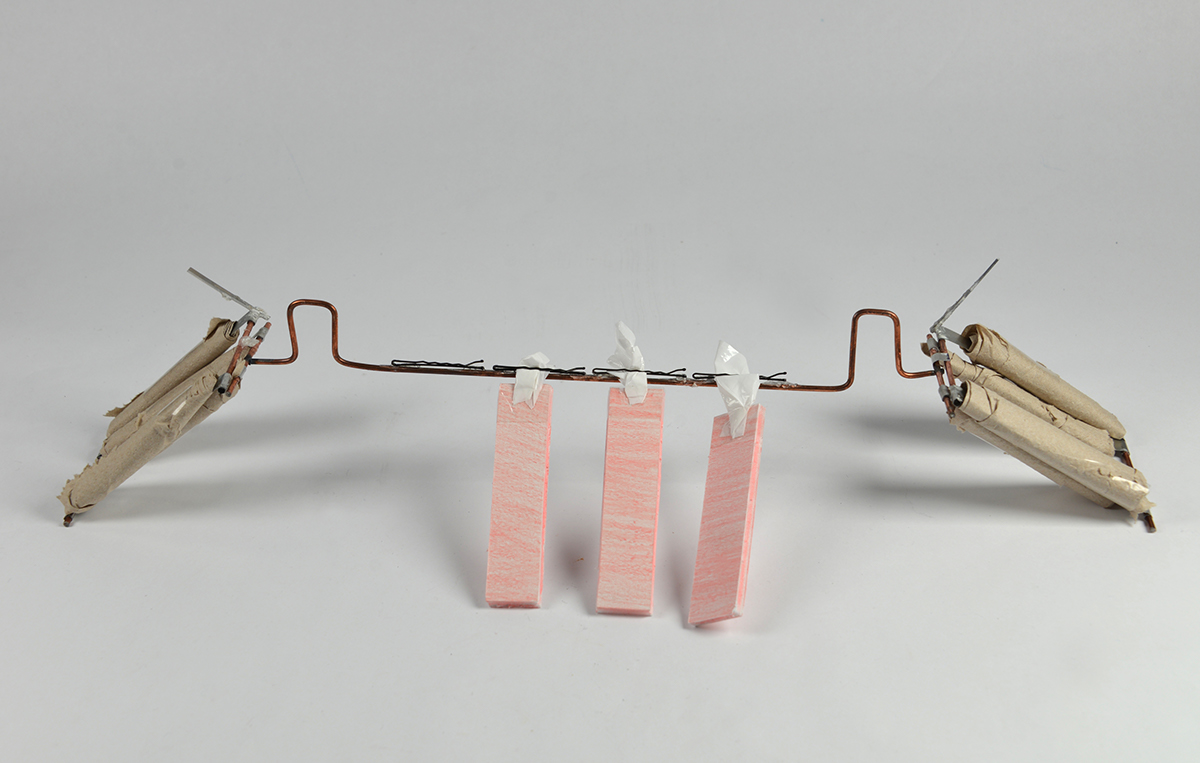
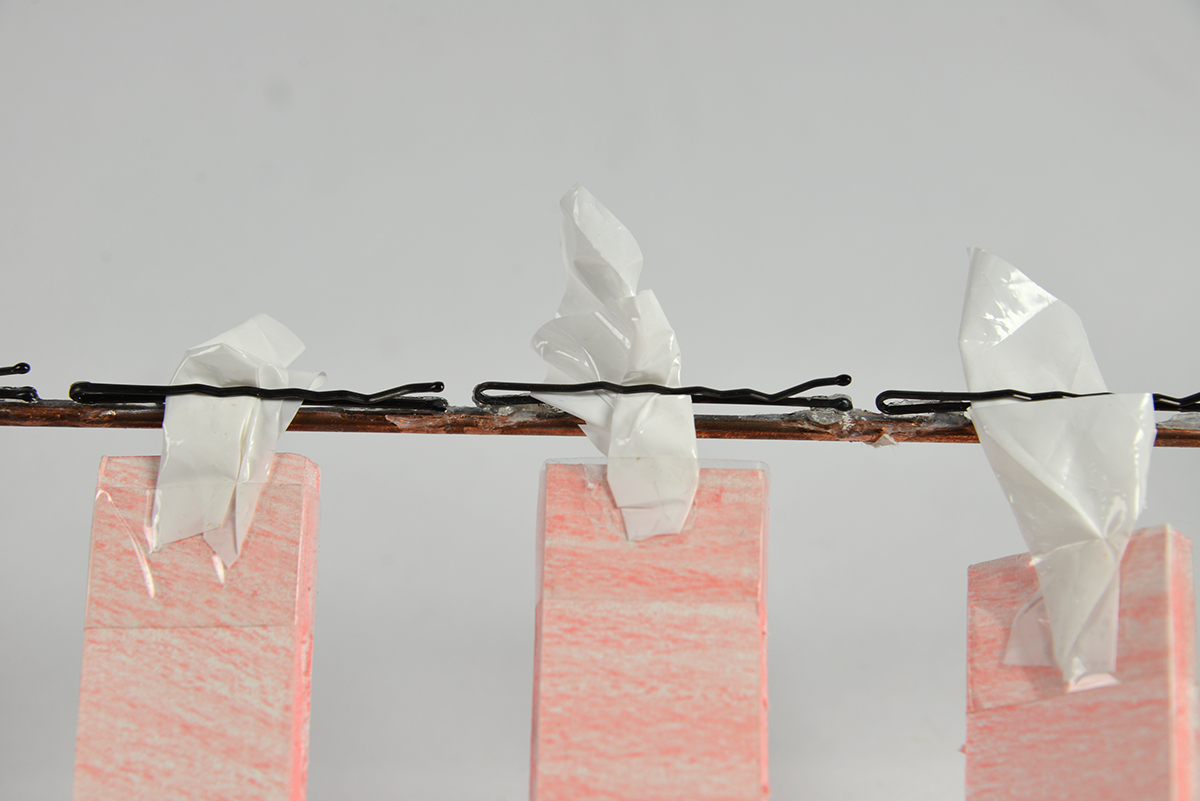

I then returned to my third model idea, but now with an improved clipping system. After researching human hand gripping motions, I figured that a sideways handle was not as effective as I had hoped, which then led me to a series of handle studies in which the user could hold the tool similar to how one would hold a large pot, as opposed to bike handlebars.
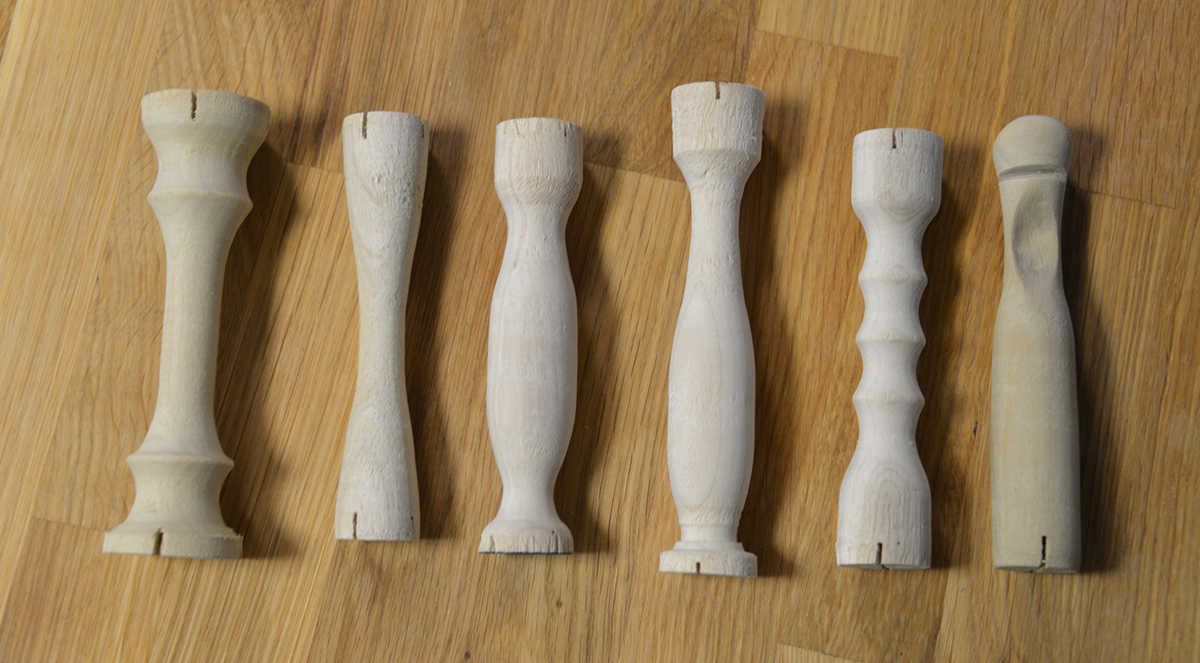
The designs I was creating were able to complete the task, but were not completely aesthetically pleasing or functional. For example, some of these designs take up too much counter space, which would be cumbersome in reality. This led me to other changes of my design, which included removable handles, the construction of a universal handle, as well as adding a curve to the wire leading into the pan, which accommodates different pans. I found that the typical size of a frying pan is 10-12 inches, so I added additional segments of wire in between the curve and the handle, which allows to tool to be used for various sizes of pots.
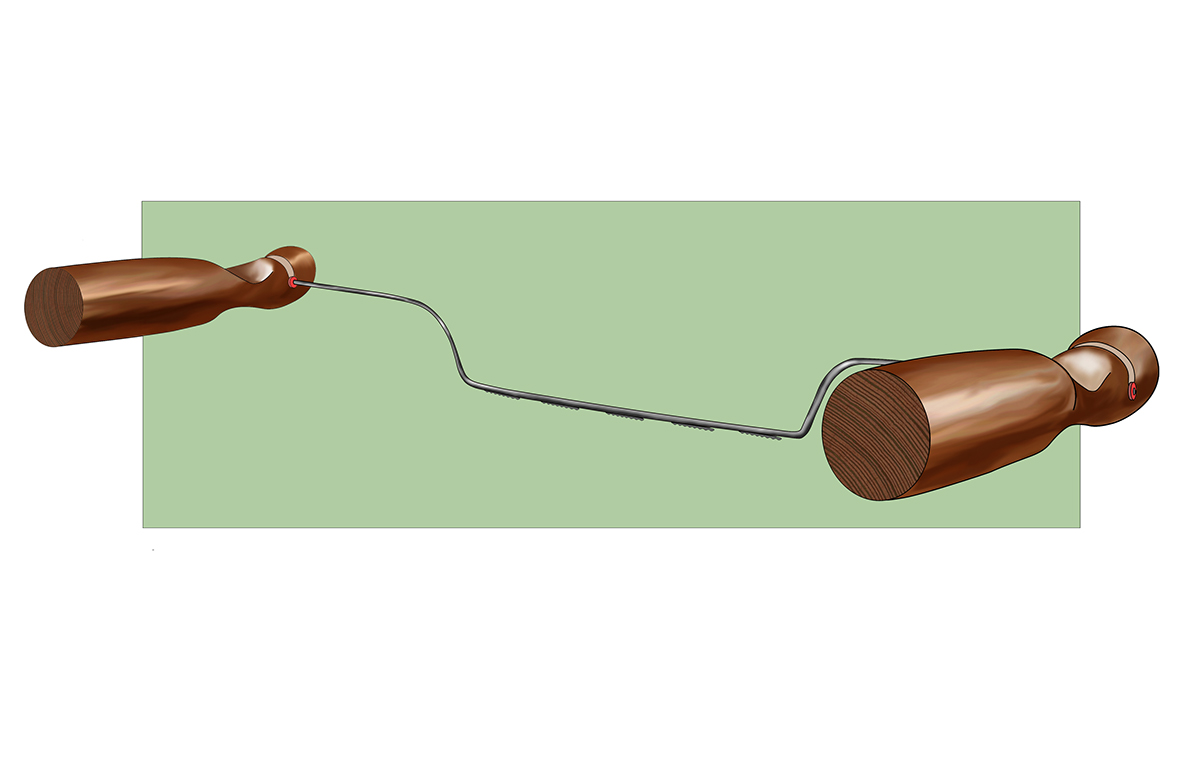
My final drawing takes into account the aesthetic of the user group I am designing for, overall functionality of the tool, as exemplified by the addition of red spacers locating where the wire is intended to rest in the handle, as well as the ability for a user to understand how to hold the tool with the inclusion of thumb rests.
